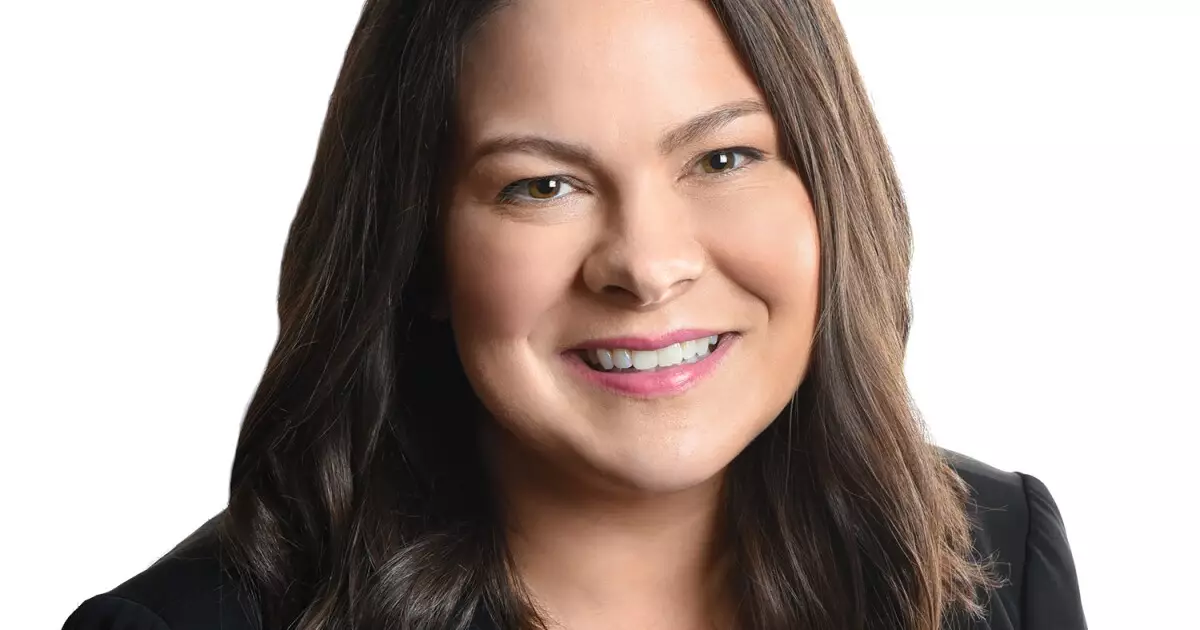Despite the chaos witnessed in financial markets over the past few years, the high-yield municipal bond sector shows a flicker of optimism that is truly remarkable. Investors are starting to recognize opportunities where once they saw peril. The lure of nearly double-digit yields in the high-yield sphere, as exemplified by prominent deals like the $2.5 billion financing for Brightline West, is presenting itself as a beacon enticing cautious investors. However, this burgeoning interest does not suggest a mindless rally into risky waters; rather, it represents a moment of calculated decision-making grounded in the complex realities of today’s economy.
John Miller, the Chief Investment Officer at First Eagle Investments, aptly reflects the current sentiment by noting the cautious nature of investments. Investor caution is neither new nor unwarranted. After all, the trauma of 2022 and 2023—marked by unexpected outflows and tumultuous market conditions—has left an indelible mark on investor psychology. People are queuing to invest, albeit tentatively, which speaks volumes about balancing optimism with pragmatism in an uncertain world.
The Allure and Pitfalls of High-Yield Bonds
The high-yield municipal bond sector comprises about 10% of the larger $4 trillion municipal bond market, a relatively modest segment but one that carries a significant punch in terms of yield potential. Despite its smaller size, the sector remains a focal point for certain investors rallying against the backdrop of a seemingly robust investment-grade landscape. The dichotomy is stark: investment-grade issuance accounted for a staggering 93.2% of total municipal supply in early 2025 while high-yield bonds garnered only 6.8%. Such figures might lead one to conclude that the high-yield sector is playing a losing game; yet, as history often proves, it is not merely about size but rather about timing and strategy.
The risk-reward ratio inherent in high-yield bonds is particularly thrilling. While issuers of lower-grade debt carry inherent risks of default, the significant yields often justify the gamble for many. The record performance of high-yield municipal bonds in 2024 reflects this very phenomenon—38% of net inflows into municipal mutual funds targeted high-yield portfolios, even when their contribution to the overall supply remained marginal. This trend illuminates the individualistic strategies adopted by savvy investors unwilling to overlook attractive risk-adjusted returns.
A Market in Transition
Even as the market oscillates between peaks of enthusiasm and troughs of caution, emerging themes are evident. What may have initially appeared as mere weakness in the high-yield bond market, such as the postponement of the $1.2 billion American Tire Works Project, is instead revealing layers of complexity in investor preferences. What is deemed risky today may very well be a goldmine tomorrow, depending on the sentiment of the market and external economic forces.
The notion that investors are becoming pickier also underscores a growing sophistication in investment strategies. This “choppy” environment, as Miller describes, offers opportunities that require discerning judgment. A mindset of intentional selection can potentially yield superior returns; after all, having less competition in one’s desired investments can yield considerable rewards.
The Market’s Technical Outlook
More recently, high-yield issuances have proven to be in high demand. Several speculative-grade deals are emerging strong, with investors showing willingness to engage in double-digit subscriptions for particular projects. The trend suggests that issues initially perceived as marginalized are beginning to benefit from a shift toward healthier issuance climates; after all, a well-structured deal can still attract a crowd, irrespective of credit ratings.
Moreover, market experts expect supply constraints may emerge in specific sectors due to external pressures, including impending federal policy changes. Nevertheless, this may not necessarily extinguish demand in the high-yield realm; rather, it could redirect investor focus toward more niche, underserved areas. For instance, sectors like senior living—an evolving industry in dire need of inflation-adjusted financing—are anticipated to attract additional scrutiny due to current demographic shifts and market demands.
Private Credit’s Rising Influence
Another factor shaping the high-yield landscape is the increasing transition of lower-rated debt into the private credit market. A historical analysis reveals that many of the less favorable issues that used to find solace in moody bond markets are now trending towards private lending alternatives. While this shift may initially reduce the volume of high-yield munis, it presents a new challenge for investors looking for conventional types of risk and reward.
Overall, the environment fosters a unique tension between traditional and modern financial servicing. It is as if we are witnessing the dawn of a restructured bond market, shifting from conventional formats to more bespoke marketplace avenues. With each nuanced transaction, the viability of high-yield bonds may adapt accordingly, revealing the necessity of vigilance and adaptability in today’s fast-paced investing landscape.
The evolving tapestry of the high-yield municipal market, although marked by hesitations, indicates resilience. As the patterns of demand and supply shift, seasoned investors will continue to dissect opportunities, knowing full well that amidst discomfort often lies exceptional potential.

